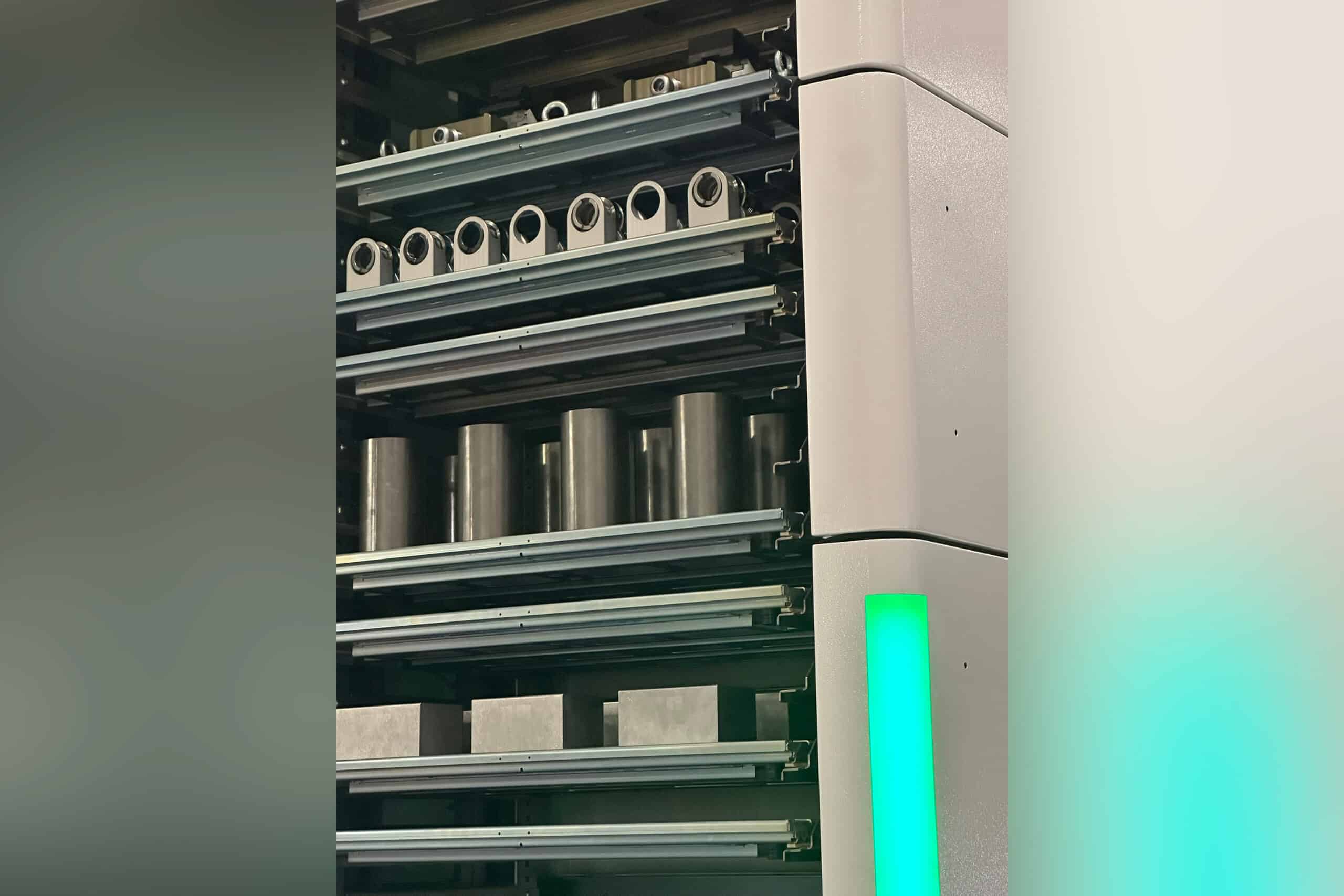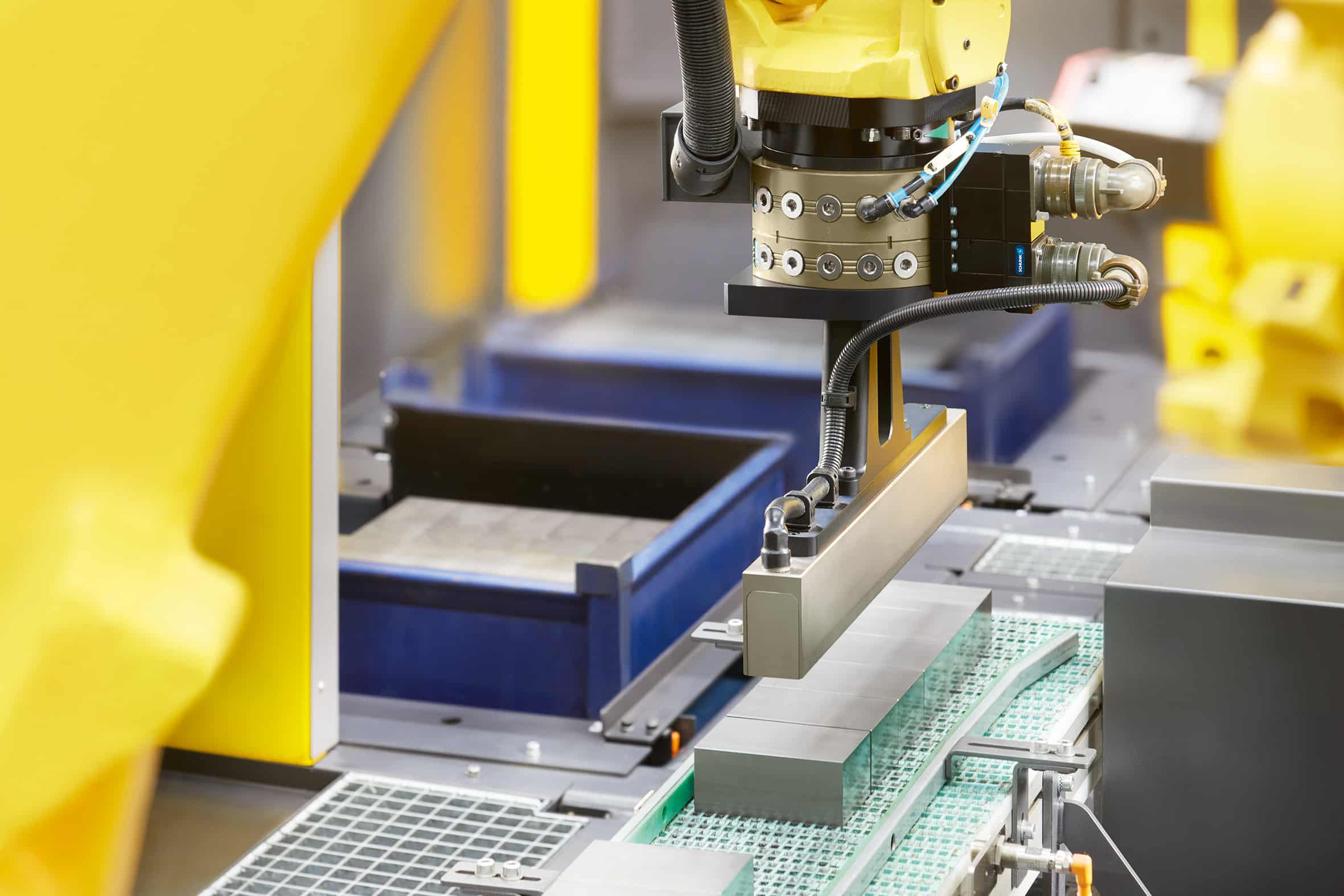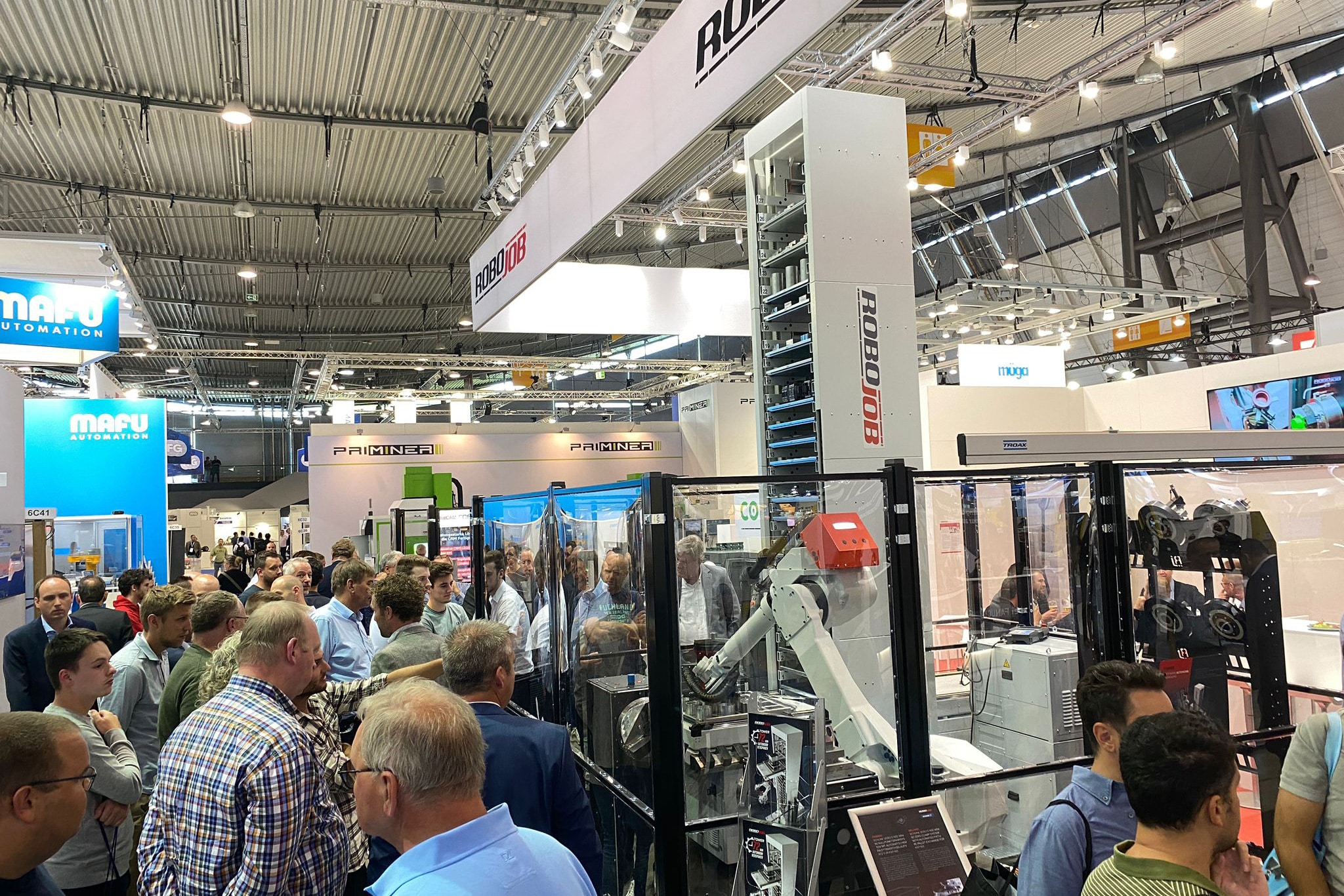
Collaborative supplier plays decisive role in projects
The input of reliable subcontractors in the realization of technical projects is gaining in importance. In custom machine construction, the subcontractor is even increasingly becoming a thinking partner. The Limburg-based company Pollers proved this in the construction of support frames for a Dutch machine builder.
The collaboration between structural engineer Pollers and the Helmond-based Amecha in the realization of an OLED assembly line shows a special marriage between high-end fine technology and high-quality structural engineering.
Amecha was founded in 2000 by five enthusiastic technicians who wanted to flesh out their own vision of building unique custom machines. The company now has fifteen employees, and over the years outgrew its purely mechanical roots. More and more the focus is shifting towards automation and robotics.

Tom Hilkens is mechatronics engineer at Amecha: "It is important to us that we are involved by the customer very early in the development process of the project. The more efficient our services become, because we can then maximize the monetization of our experience and expertise."
The complete construction and assembly of these unique machines is always done in Amecha's own workshops, where each total project is functionally tested and thus accepted by the customer.

The OLEDWorks Project
What Amecha does not do itself is manufacture parts. For this, the company falls back on a network of reliable partners, each of whom can handle both high logistical and quality standards. Hilkens: "From third parties working with us, we expect more than the purely operational, they must also be able to empathize with the project and think along with us."
Last summer, Amecha launched a project for its customer OLEDWorks involving a new production line to expand existing production capacity. This, however, with an additional capacity by a factor of seven. An assignment full of challenges, with the highlight being the integration of a far-reaching product variation.

Pollers
The compact precision construction of the various modules placed high demands on the supporting structure, which was supplied by structural engineer Pollers of Heusden-Zolder.
Amecha came into contact with Pollers through a friend who was already a customer there and bought mechanical systems manufactured at Pollers. So Amecha went on an exploratory visit, and was ultimately very charmed by the professionalism and quality work on especially larger modules that the company displayed.
Amecha therefore resolutely chose Pollers for the OLED project. Especially since the machine builder itself had less experience with the heavy welded substructure that the project would require. Jeroen Kums, operations manager at Pollers: "Already during the preliminary phase, we brainstormed intensively together with Amecha about the drawings and tolerances as well as the appropriate joining techniques. This is how we finally arrived at a mechanical solution. After all, while Amecha is a true specialist in fine technology, we had extensive experience in building heavy mechanical structures. And from time to time, adjustments were therefore made at our request."
A good example was how size, shape and location tolerances were handled. As is often the case, tolerancing was based on a philosophy of small, solid parts. This does not apply to large, welded structures, where many internal stresses occur. At least not if you also want to keep the order affordable.
The overall tolerances on the entire mechanical construction were finally increased to realistic values. In order to meet the required dimensional accuracy - on the modules, among other things, guides, robots and all kinds of drives will later be mounted - Pollers did, however, mill all essential connection points locally, so that the tight tolerances could be maintained there.



